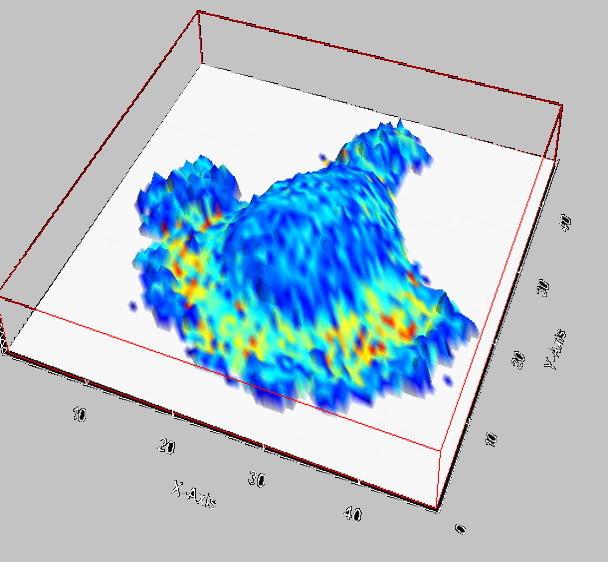|
|
|
Program > Research Themes
Nanosciences at the frontiers with Biology
The latest technological developments have opened the door to the physico-chemical study of biological interfaces (viruses, bacteria, mammalian cells) from the molecular level to the cellular level. Thus the border disciplines of chemistry, physics, biology and biophysics are increasingly popular.

Nanomedicine, Nanotoxicology and Nanobiotechnology
It also notes that the involvement of nanotechnology to problems of medicine and health is causing a revolution in the biomedical field, including nanomedicine with the emergence of new disciplines such as nanobiomechanics and nanobiology.

Nano-biomaterials & Latest Applications for Health
Nano and biomaterials can be designed to interact with biological systems, molecules & structures. Nano and biomaterials are useful for both in vivo and in vitro biomedical research and applications and integration of nano- and biomaterials with biology has led to the development of advanced diagnostic devices, physical therapy applications, analytical tools, contrast agents and drug delivery vehicles.

Nano-Instrumentation and Application for Life and Materials Sciences
Nanoscience is the source of many advanced techniques and applications including in the areas of life sciences and materials sciences.



